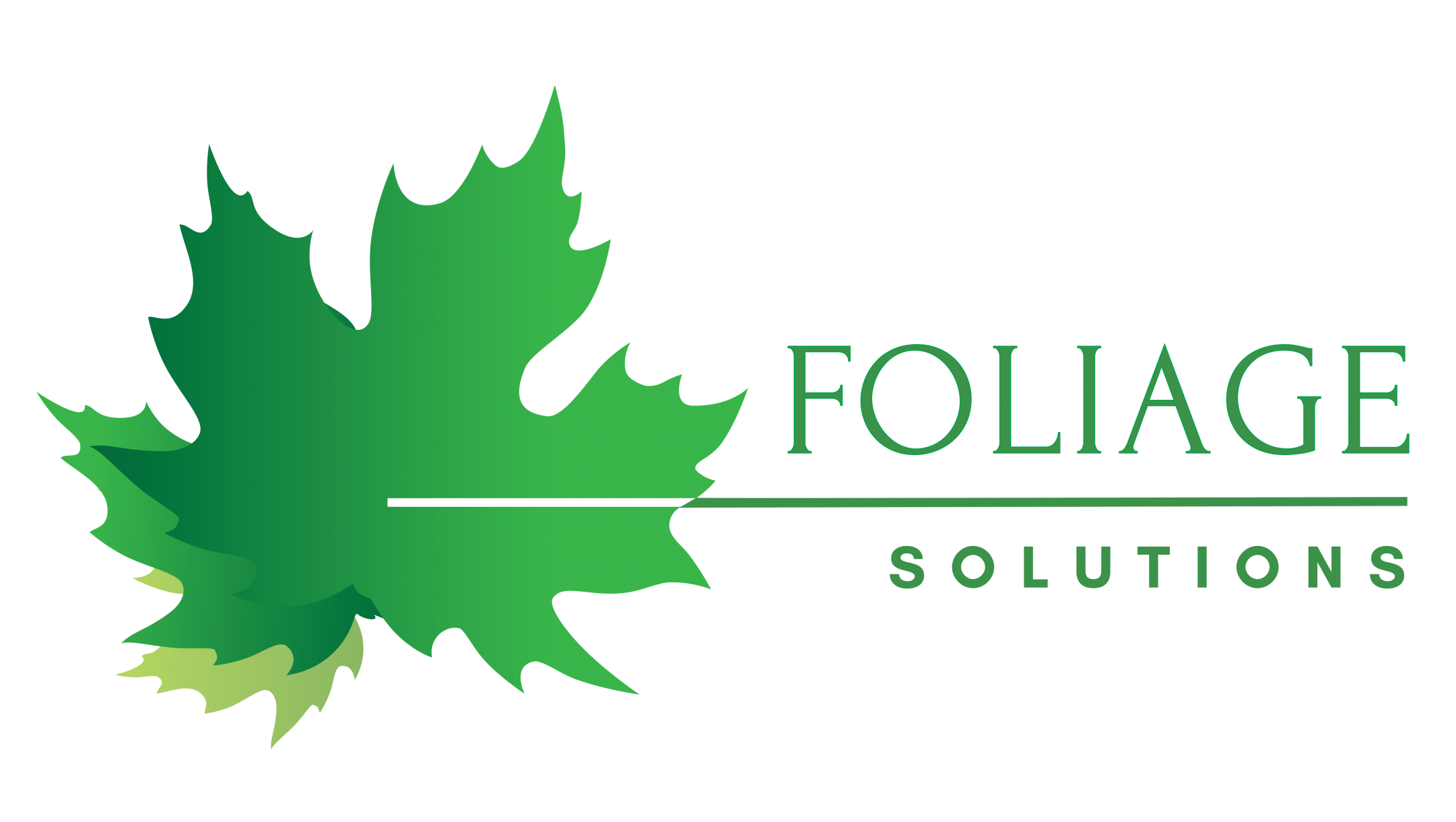Conversation with Daniele

Daniele is one of the DTP specialists at Foliage Solutions. He’s kindly agreed to be interviewed to share his experience in the industry, hopefully encouraging other young Desktop publishing enthusiasts to follow in his footsteps and be a part of this exciting and creative industry!
He has over 20 years of experience in Desktop publishing in the translation industry, having worked with top Italian and international LSPs. Outside of work, Daniele is an avid traveler and basketball enthusiast. He’s played at the amateur level in his local team in Italy for many years and more recently, taken up coaching basketball as well.
Local and international pandemic restrictions permitting, you can often find him on the basketball court or travelling with his family to destinations near and far.
1. What made you decide to get into this industry?
I started working in this industry at the age of 19. My father was a shareholder of an important Italian translation company. He introduced me to the CEO at that time and I got offered a job in the DTP department. I accepted because I love to use computers and IT/Tech in general.
The possibility of working in an international environment was something that appealed to me the most. Since my passion is travelling, working in the multicultural company was like traveling each day for me, as the DTP office space was also shared with the inhouse translators. I’ve been lucky to be immersed in different cultures and meet a lot of amazing people each day. This in return has had a very positive effect on my personal growth.
2. Was DTP a popular profession when you were starting out?
No. I don’t think there were many DTPers in the world when I started working in the late 90’s.
3. How has DTP evolved since you started?
DTP has evolved a lot since the ‘90s. At that time, we were only copying and pasting the translations from .txt files in Notepad or Word files back into the source files. The operating systems, software, and tools in Translation market that we see now, did not exist.
4. How have clients changed?
Nowadays, the frequency and types of client requests are greater than before. However, many clients are less aware of what they need and, therefore, have to be guided throughout the process.
Another change is that deadlines are much tighter now and this puts a lot of pressure on clients and, consequently, on our/DTP shoulders.
5. Take us through a typical “DTP” day in the office.
It is never boring due to constant action and problem-solving!
We start the day by checking emails and chats. Then, throughout the day we receive and analyze new requests and work on the projects that PMs assign to us.
Want to learn more about
desktop publishing?
6. Why do you think multilingual DTP is important in translation?
Our role in the translation industry, as DTP Specialists, is to help create an optimal working environment for translators and to ensure a proper layout of the translated material. We do this in the File Preparation process or task.
File Preparation involves analyzing and cleaning the source files by fixing broken sentences, removing forced line breaks, tabulators, and any other unnecessary spaces that may affect text segmentation. This will also make ensuring a proper layout of the target language(s) easier for us.
7. Everyone talks about localization. How does DTP relate to localization in your opinion/experience?
As I’ve explained above, we are an integral part of the translation process. Therefore, it is important to understand what our role in this process is. We are not just the graphical part of the project. Our work effects the overall flow of the translation process.
8. What do you see as the future of DTP?
I’ve been hearing for the past fifteen years that DTP will be replaced by CMS and artificial intelligence. This might happen in big and well-organized companies. However, I believe, that the human eye will continue to play a crucial role for years to come. We must continue to stay updated and focused on our tasks and on the latest Software evolutions.
9. What makes a great DTP Specialist?
Speaking from experience, I think it’s important to be methodical and know how to divide tasks to create a systematic work approach. Carefully reading requests and asking for clarification is another important skill that a great DTP Specialist needs to have.
Having a good, solid knowledge of software helps, however, it is not the most important quality. Following the scientific method is the key (Galileo Galilei docet).
10. What advice would you give to young people starting out in DTP industry?
If you are an organized person that likes to work in an international team, is willing to learn, find new ways to achieve results, and are able to work under pressure (respect tight deadlines), then this is a job for you.
11. What qualifications are needed to work as a DTP specialist today?
Frankly speaking, having a degree in graphic design or IT will certainly help, however, it is not a prerequisite. It is more important to have the scientific approach that I’ve already mentioned.
To become a great DTPer, you need to know how to carefully read instructions and be able to understand what’s in the scope of each project. You can only truly learn this through practical experience and on-the-job training.

Leave a Reply